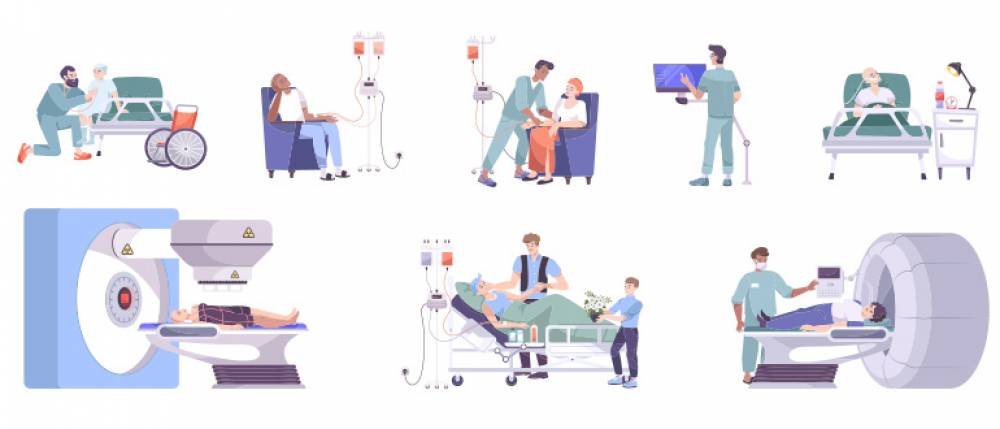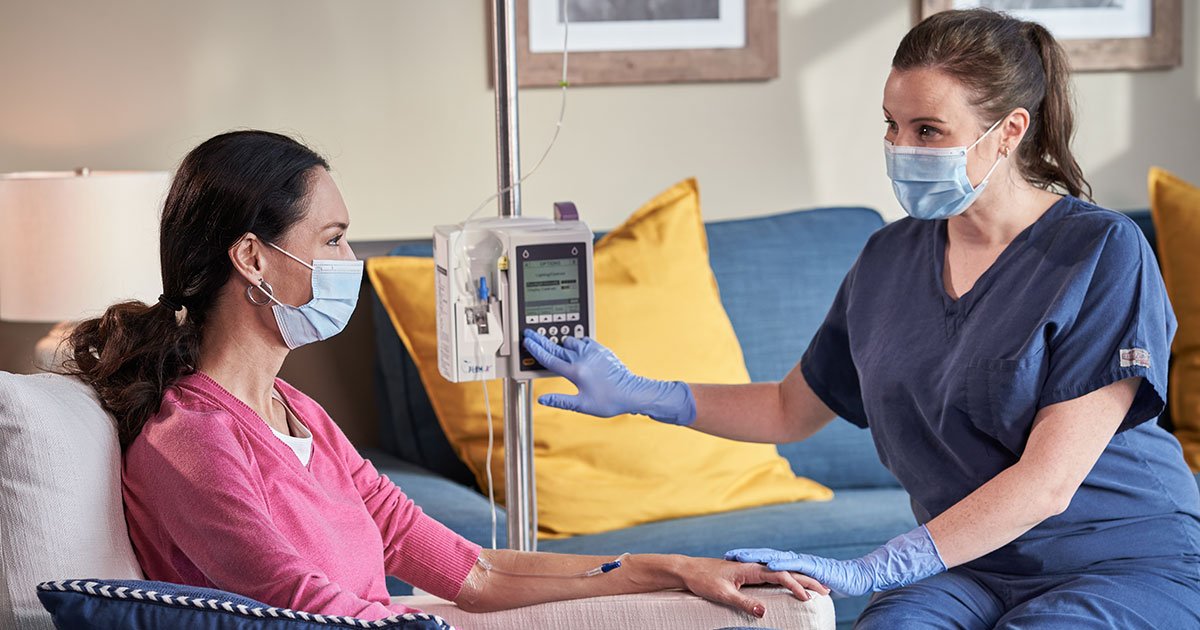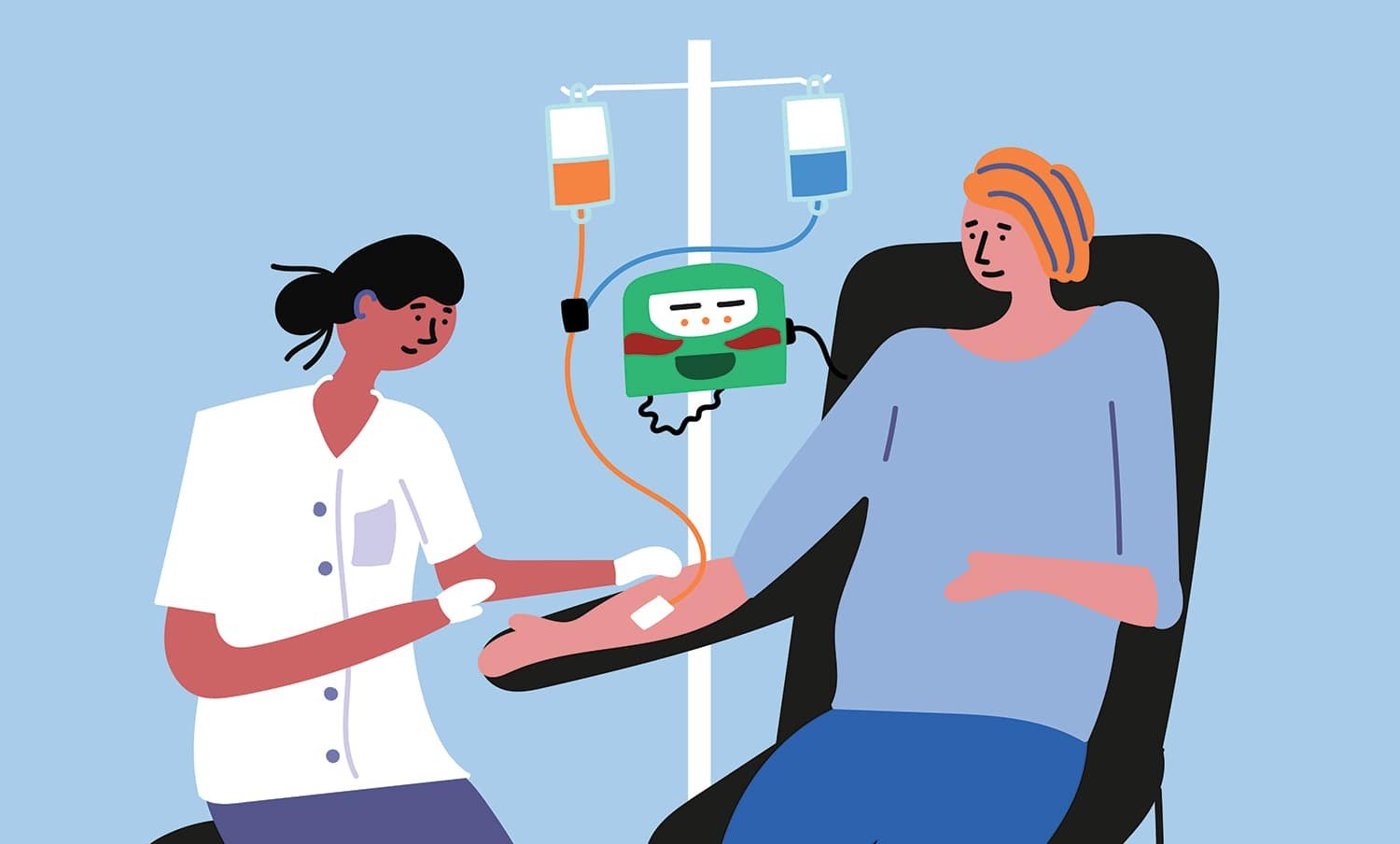Definition of Chemotherapy – Basic microbiology, parasitology, and immunology; nature, reproduction, growth, and transmission of common microorganisms and parasites in Bangladesh; prevention including universal precaution and immunization, control, sterilization, and disinfection; and specimen collections and examination. Students will have an understanding of common organisms and parasites caused human diseases and acquire knowledge about the prevention and control of those organisms.
Definition of Chemotherapy
Chemotherapy (often abbreviated to chemo and sometimes CTX or CTx) is a category of cancer treatment that uses one or more anti-cancer drugs (chemotherapeutic agents) as part of a standardized chemotherapy regimen.
Chemotherapy may be given with a curative intent (which almost always involves combinations of drugs), or it may aim to prolong life or to reduce symptoms (palliative chemotherapy).
or
Chemotherapy is the subdivision of pharmacology that deals with drugs that can destroy invading organism without destroying the host.

Antineoplastic Agents:
Chemotherapeutic agents are also classified by chemical group, each with a different mechanism of action.
- Alkylating agents. Alters DNA structure by misreading DNA code, initiating breaks in the DNA molecule, cross-linking DNA strands
- Nitrosoureas. Similar to the alkylating agents, but they can cross the blood-brainbarrier.
- Topoisomerase 1 inhibitors. Induce breaks in the DNA strand by binding to enzyme topoisomerase I, preventing cells from dividing.
- Antimetabolites. Antimetabolites interfere with the biosynthesis of metabolites ог nucleic acids necessary for RNA and DNA synthesis.
- Antitumor antibiotics. Interfere with DNA synthesis by binding DNA and prevent RNA synthesis.
- Mitotic spindle poisons. Arrest metaphase by inhibiting mitotic tubular formation and inhibiting DNA and protein synthesis.
- Hormonal agents. Hormonal agents bind to hormone receptor sites that alter cellular growth; blocks binding of estrogens to receptor sites; inhibit RNA synthesis; suppress aromatase of P450 system, which decreases level.
Types Chemotherapy:
1. Primary Chemotherapy: Initial cancer treatment with curative intent; used for Hodgkin’s disease, lymphoma, leukemia’s, testicular cancer.
2. Adjuvant Chemotherapy: Treatment of residual cells after surgical removal or tumor reduction (e.g. after mastectomy for breast cancer). Neo-adjuvant chemotherapy shrinks large tumor for surgical removal. Both curative if tumor is removed.
3. Palliative Chemotherapy: For incurable cancer: prolongs and improves quality of life; reduces tumor size, symptoms
Side-Effects of Chemotherapy:
1. Generalized effects-
- Nausea,
- Vomiting,
- Pain,
- Sore mouth & throat,
- Anorexia,
- Change in taste and smell
2. Acute effects- occur within 30 minutes after treatment- pain at insertion site, cold feeling along the vein selected, and hypersensitivity
3. Long term effects- occur after 7 days. Affect major body organs- bone marrow, liver, kidney etc
4. Chemotherapy drugs are carcinogenic and teratogenic. Precautions should be taken to 01 avoid any extravasation
Nursing Management of a Patient Who is Being Administered Chemotherapy
Before The Procedure
1. Explain the importance of the procedure to the patient.
2. Provide privacy.
3. Teach the patient on how the procedure is done.
4. A number of medical tests are done before chemotherapy is started. The oncologist will determine how much the cancer has spread from the results of x rays and other imaging tests and from samples of the tumor taken during surgery.
5. Review- The chemotherapy drugs prescription which should have
- Name of an coplastic agent.
- Dosage
- Route of ar nistration
- Date and tir that each agent to be administered.
- Accurately tentify the client
6. Medications to b administered in conjunction with the chemotherapy e.grantiemetics, sedatives etc.
7. Assess the clients ondition including
- Most rece. t report of blood counts including hemoglobin, hematocrit, white blood cells and platelets.
- Presence of any complicating condition which could contraindicate chemotherapeutic agent administration i.e. infection, severe stomatitis, decreased deep tendon reflexes, or bleeding.
- Physical status
- Level of anxiety
- Psychological status
8. When a chemotherapy treatment takes a long time, advise the patient that he may prepare for it by wearing comfortable clothes. Bringing a book to read or a tape to listen to may help pass the time and ease the stress of receiving chemotherapy. Some patients bring a friend or family member to provide company and support during treatment.2012
9. Advise Sometimes, patients taking chemotherapy drugs known to cause nausea are given medications called antiemetics before chemotherapy is administered. Anti-emetic drugs help to lessen feelings of nausea. Two anti-nausea medications that may be used are Kytril and
Zofran.
10. Other ways to prepare for chemotherapy and help lessen nausea are:
11. Regularly eat nutritious foods and drink lots of fluids.
12. Eat and drink normally until about two hours before chemotherapy,
13. Eat high carbohydrate , low-fat foods and avoid spicy foods.
During The Procedure
1. Prepare measures when administering chemotherapy.
2. Use gloves when handling chemotherapy drugs and excretions from clients receiving
chemotherapy.
3. Wear disposable long-sleeves gowns when preparing and administering chemotherapy.
4. Use Luer-lock fittings on IV tubing used in delivering chemotherapy
5. Observe the 10 Rights

After The Procedure
1. Dispose of all equipment used in chemotherapy preparation and administration in designated containers.
2. Dispose all chemotherapy wastes as hazardous materials.
3. Monitor client for symptoms of anaphylactic reaction Urticaria (hives), pruritus (itching), sensation of lump in the throat, shortness of breath.
4. Asses for electrolyte imbalances.
5. Teach client and family to report excessive fluid loss or gain, change in level of consciousness, increased weakness or ataxia, paresthesia, seizures, persistent, headache, muscle cramps or twitching, nausea and vomiting/diarrhea.2525
6. Prevent extravasation of vesicant drugs, implement measures to treat extravasation of vesicant medications if it occurs.
7. Teach the client to increase fluid intake to 2500 to 3000 ml/day unless contraindicated.
8. Assess for signs of bone marrow depression: decreased White blood Cell and Red Blood Cell, granulocyte, platelet counts.
9. Assess for signs of bleeding and infection.
10. Monitor for signs of renal insufficiency.
- Elevated urine specific gravity
- Abnormal electrolyte values
- Insufficient urine output (< 30 ml/hour)
- Elevated BP, Bun, Serum Creatinine
Read More….


